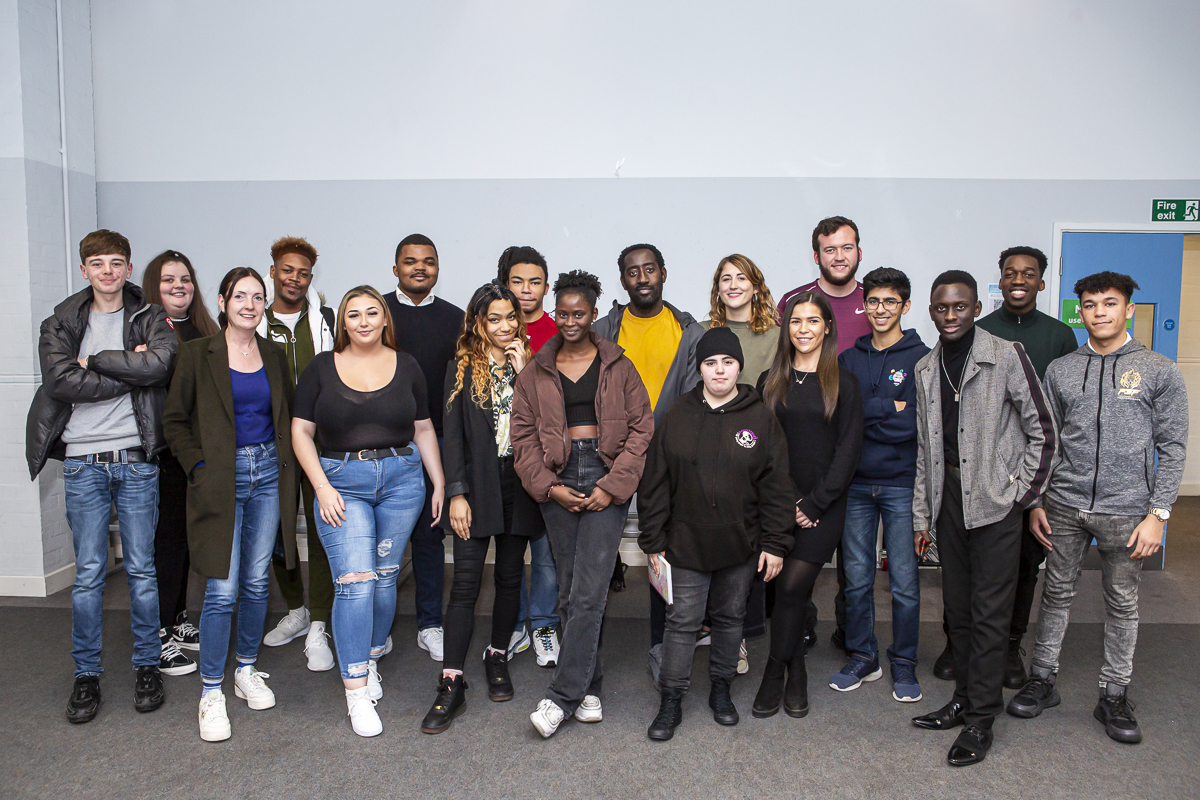Paul Twocock, Director of Change, Youth Endowment Fund
Back in October, we launched the Youth Endowment Fund’s (YEF) strategy. It’s an ambitious, long-term plan to find out what really helps prevent children becoming involved in violence and will make their lives safer. To put the strategy into action, we knew we had to make some choices about where to start and what to focus on. So, to make sure we got our priorities right, we asked you to help shape our future work.
Over 600 of you responded – from community and youth charities, local authorities, schools, the police, mental health services. We heard first-hand from those of you working on the frontline to prevent children becoming involved in violence. And we talked to young people with lived experience of violence.
We’re incredibly grateful for the time you spent sharing your knowledge and experiences. Your insight was invaluable. We heard where we’d got things right – and where we had missed things or hadn’t thought them through clearly.
Thanks to you, we’ve made some significant improvements. I want to talk about three challenges you set us – to put young people at the heart of our work, to tackle inequality and to use what we learn to make change.
But there’s far more that you said and that we want to do. You can read our full response in our Turning what we heard into action report.
Putting children with lived experience at the heart of our work
You told us that the suggestions we’d made and the language we’d used was too focused on the services and support children are lacking and how to plug gaps, when we should be thinking about how to fund and evaluate programmes that help them make the most of their strengths and talents.
Thanks to you, we’ve changed the way we think, to make sure young people are at the heart of our work. So instead of saying ‘we’ll end school exclusions’, we’ll ask ‘what can we do to make sure every child has a safe place to learn?’ Instead of saying ‘we’ll reduce offending’, we’ll ask ‘what opportunities and services do young people need to give them another chance?’ Instead of saying ‘we’ll provide activities’, we’ll ask ‘what to children need so they feel safe in their neighbourhood?’
This means that we’re building all of our work around the conditions that we think children and young people need in their lives to keep them safe from becoming involved in violence. This set of themes provides a focus for the knowledge we want to build about what works to help put these conditions in place for every child and young person.
In practice, this means that each themed grant round we run will explore an area of interest linked to one of the themes. So for our first themed grant round (which opens for applications in April) the theme will be giving children and young people another chance, while the specific area of interest for the round will be diversion from the criminal justice system.
Challenging inequality
You were clear that we need to understand how discrimination and exclusion influences who is most likely to get caught up in the youth justice system in a way that makes them more at risk of becoming involved in violence. And you asked us to think about the experiences children have at home – including domestic violence or family members’ substance abuse – and how trauma increases their risk of becoming involved in violence.
That’s why we’re taking steps like ringfencing £5 to 10 million over the next three years, specifically support Black, Asian and minority-ethnic led charities working to prevent children becoming involved in violence. And in September, we’re opening a specific themed grant round on family support, to make sure children and their carers get the help they need at home.
Making change happen
Lots of you told us that we shouldn’t just focus on projects where the intended outcome is changing individuals’ behaviour. We should also look at the policies and practices of the agencies that should offer support to children at risk.
Our mission is to prevent children and young people becoming involved in violence. Some of our work (like our Agency Collaboration Fund) will help us evaluate how we can improve collaboration among organisations, so that they can better support children at risk. A lot of our work, like our themed grant rounds, will look at the evidence for individual interventions. But we know that no single intervention is going to solve a complex issue, which is influenced by poverty and inequalities.
So we’ll work with national and devolved governments, local authorities, Police and Crime Commissioners and other decision-makers, to sort problems that get in the way of putting what works into practice. And we’ll work with you to make changes to make sure children’s needs are being met. It won’t be easy, but we’ll work with you put children and young people first.
What happens next
We’re really grateful for the time you gave to help us get this right. The changes we’ve made to our plans are based on the insight, experience and knowledge that you shared. By putting what we heard into action, we’ll make sure we’re doing what’s best for young people.
As our work continues, we’ll carry on listening, learning and adapting. This has been the start of a conversation that will continue throughout the life of our fund.
Let us know what you think of our response to you – email us at hello@youthendowmentfund.org.uk. And to find out how to get involved, read our 2021 Prospectus.
Related content
-
Blog
Blog:Social Media and Violence Amongst Young People: A Growing Concern
Two questions I get asked a lot as head of the Youth Endowment Fund is “does social media cause violence?” and “what do we do about it?” So, here’s my attempt at some answers. Does social media cause violence? The short answer is we don’t know, but I think it’s likely. Here’s the thing: there… -
Blog
Blog:AI-Powered Insights into Youth Perspectives on Violence
Bringing together stories from 1000s of young people The efforts of Peer Researchers and the Delivery Partner organisations supporting them yielded a remarkable amount rich qualitative data from 4,600 young people on issues of violence. Initially, our priority was to validate GenAI’s capability to precisely analyse the diverse data originating from various locations throughout England… -
Blog
Blog:What have the Youth Endowment Fund been doing over the past five years? Jon Yates explains.
It is five years since the Youth Endowment Fund was born. Five years is a long time – I know because I had a three-year-old when this work started. She’s been replaced by someone who is eight. We exist because she should be growing up in a world where all children feel safe. But that’s…



